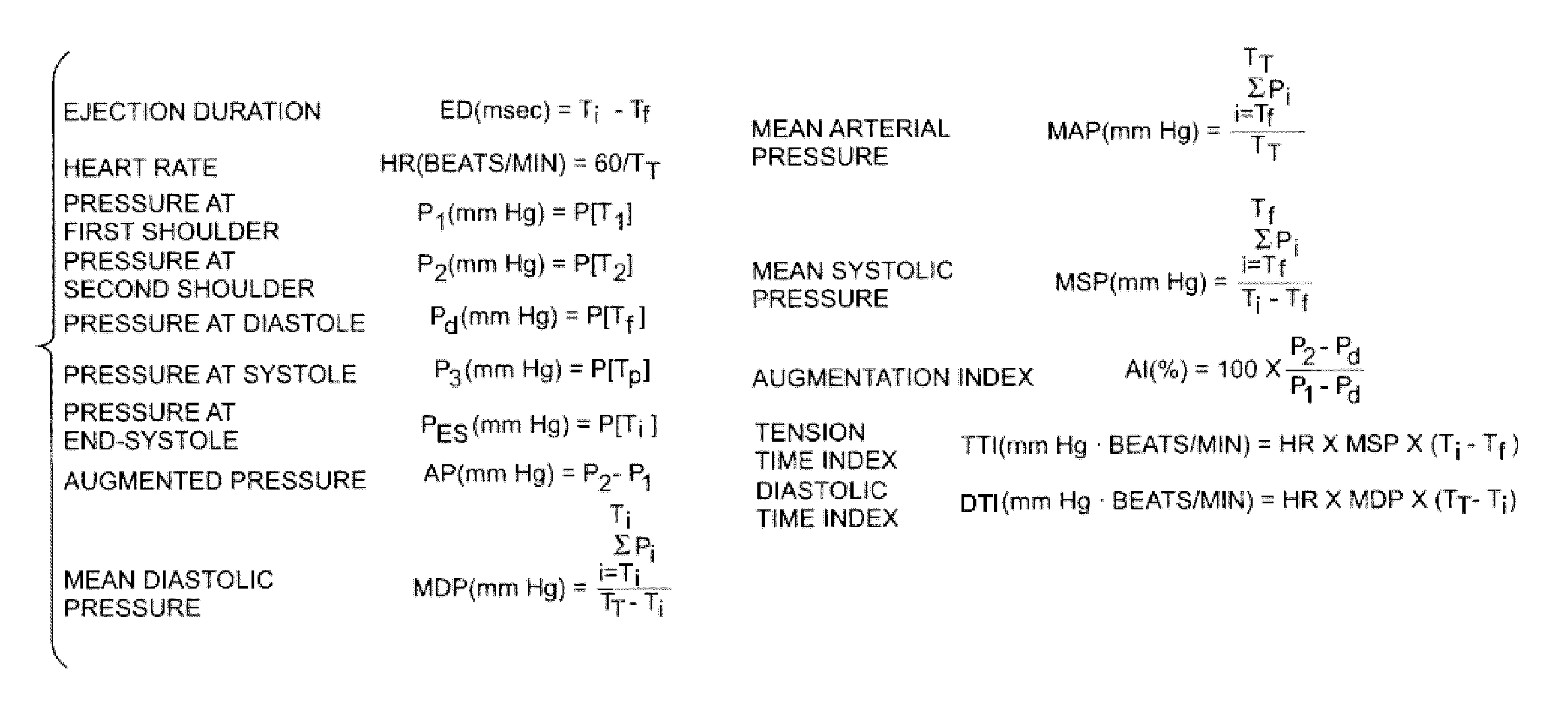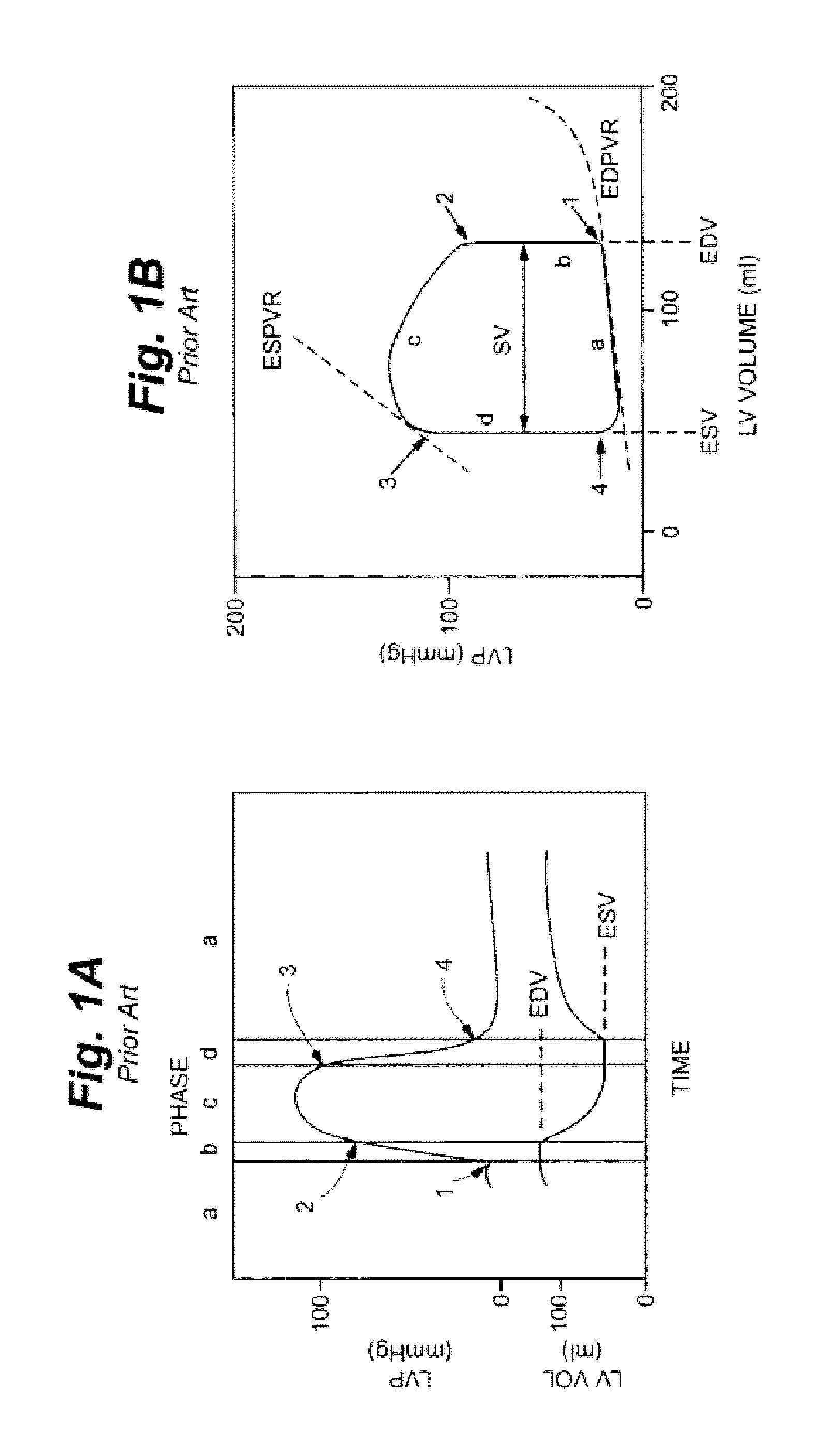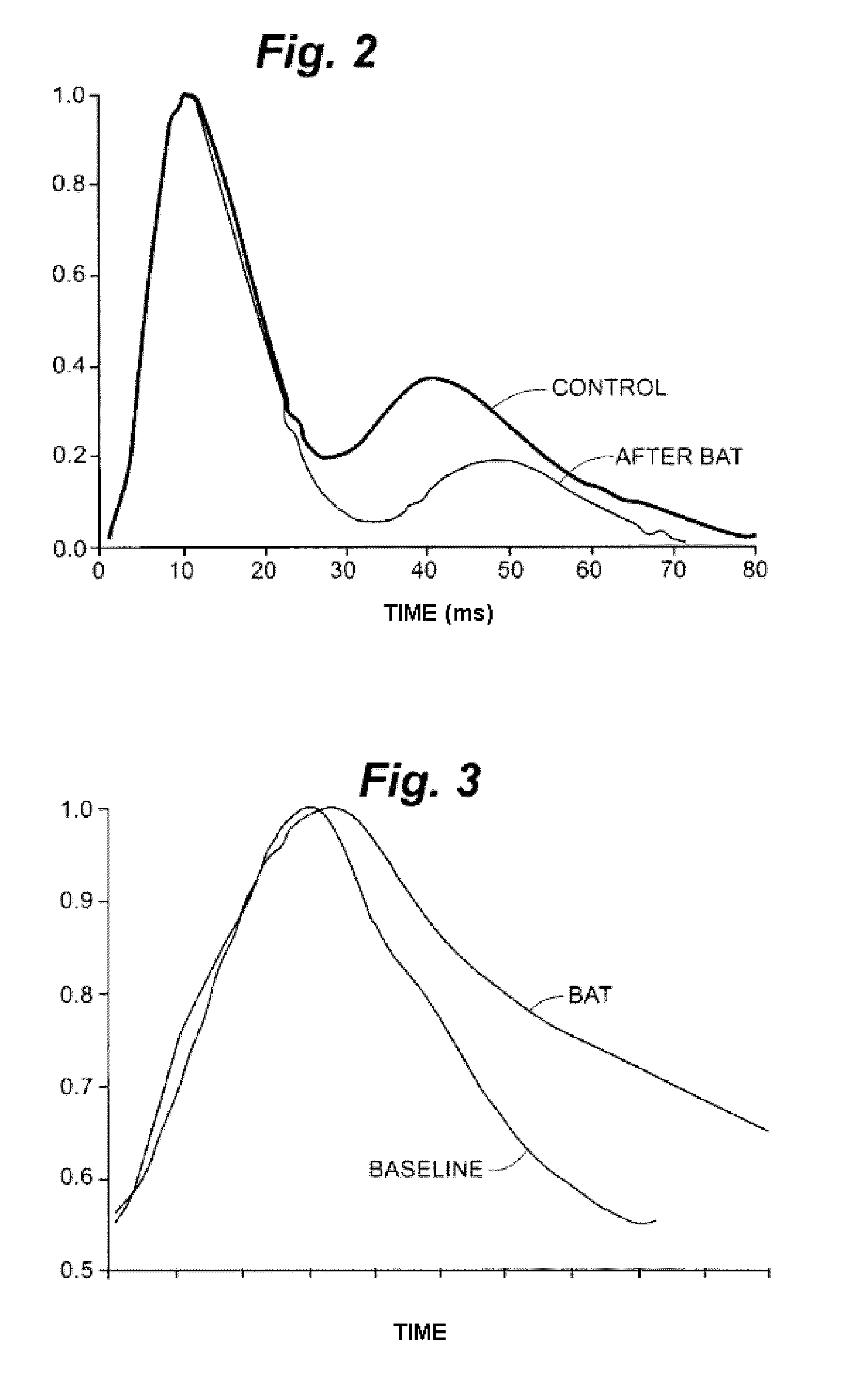Devices and methods for treatment of heart failure and associated conditions
a technology for applied in the field of medical devices and methods of use for the treatment and/or management of heart failure and associated conditions, can solve the problems of increased blood pressure, heart failure and stroke, and heart must work harder to maintain blood flow at the higher pressure, and achieve the effect of determining the stiffness of the arterial blood vessel
- Summary
- Abstract
- Description
- Claims
- Application Information
AI Technical Summary
Benefits of technology
Problems solved by technology
Method used
Image
Examples
Embodiment Construction
[0041]The following detailed description should be read with reference to the drawings in which similar elements in different drawings are numbered the same. The drawings, which are not necessarily to scale, depict illustrative embodiments and are not intended to limit the scope of the invention.
[0042]Methods for treating heart failure and associated conditions in a subject typically comprise identifying a patient in need of treatment and stimulating a baroreflex with a baroreflex activation device to improve the symptoms and conditions associated with heart failure. In some variations, the baroreflex activation device is implanted proximate the baroreceptor, and in other variations, the baroreflex activation device is external. The stimulation provided by the baroreflex activation device may be any suitable stimulation. For example, it may be electrical stimulation, mechanical stimulation, thermal stimulation, chemical stimulation, or combinations thereof. In some variations the st...
PUM
 Login to View More
Login to View More Abstract
Description
Claims
Application Information
 Login to View More
Login to View More - R&D
- Intellectual Property
- Life Sciences
- Materials
- Tech Scout
- Unparalleled Data Quality
- Higher Quality Content
- 60% Fewer Hallucinations
Browse by: Latest US Patents, China's latest patents, Technical Efficacy Thesaurus, Application Domain, Technology Topic, Popular Technical Reports.
© 2025 PatSnap. All rights reserved.Legal|Privacy policy|Modern Slavery Act Transparency Statement|Sitemap|About US| Contact US: help@patsnap.com



